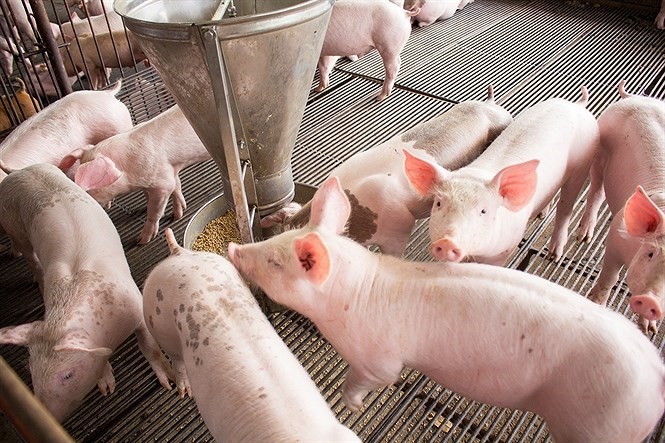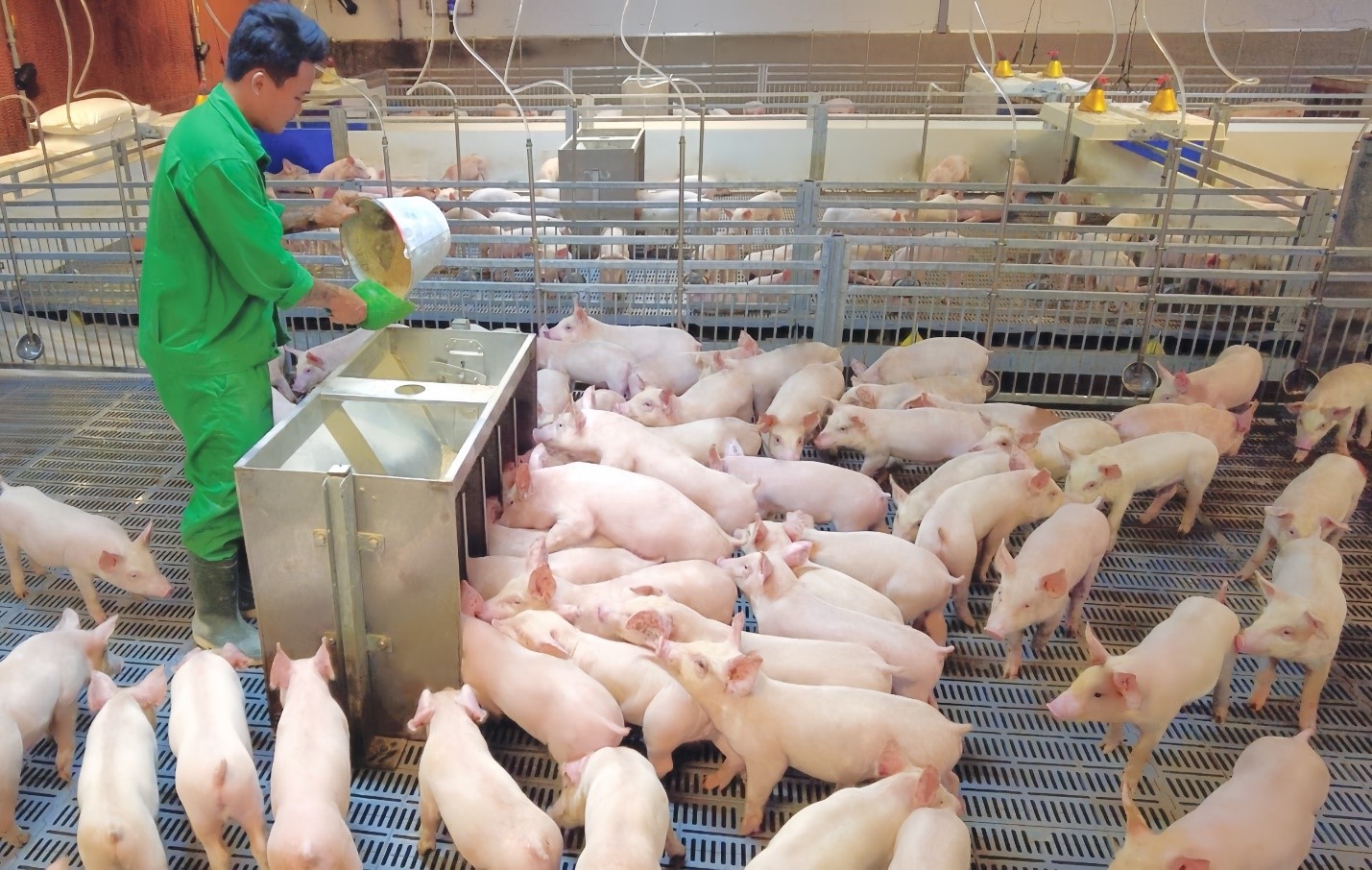Pig farming, although highly profitable, also carries many risks. Many failures do not come from major epidemics but from small but dangerous mistakes.
Pig farming can be highly profitable, but it also comes with considerable risks. Many farmers have made fortunes after just one successful cycle, while others have gone into debt or even sold their land due to massive losses when entire herds perished. In most cases, failure is not due to external factors but rather seemingly minor mistakes that can have devastating consequences. Below are the 5 most serious and common mistakes that can cause total losses if not detected and corrected in time.
I. LACK OF CONTROL OVER BREEDING STOCK SOURCES
Many farmers, in an attempt to save costs or due to misplaced trust, purchase piglets of unknown origin—unvaccinated and uncertified. These animals may carry latent pathogens—viruses or bacteria—that show no clinical symptoms but can quickly spread to the rest of the herd within days of introduction. By the time symptoms appear, it’s often too late to treat, leading to rapid outbreaks and mass mortality.

Solution:
- Source piglets from reputable farms with official veterinary health certificates and a clear vaccination history.
- Upon arrival, quarantine new pigs for 14–21 days to monitor for any signs of illness before integrating them into the main herd.
- Never mix pigs from multiple sources and place them directly into the same pen.
II. POOR HYGIENE AND BARN SANITATION
A dirty housing environment provides ideal conditions for the proliferation of bacteria, viruses, and parasites. This can lead to diseases such as diarrhea, pneumonia, and septicemia, increasing piglet mortality and raising overall production costs.
Solution:
- Remove feces and replace bedding daily (especially when raising pigs on the floor).
- Disinfect the pens 2–3 times per week using broad-spectrum disinfectants.
- Ensure the housing system is well-ventilated, dry, and free from drafts.
III. INADEQUATE KNOWLEDGE OF DISEASE PREVENTION
Many farmers are still complacent and uninformed about common swine diseases such as PRRS (Porcine Reproductive and Respiratory Syndrome), Classical Swine Fever, Pasteurellosis, and E. coli infections. As a result, they miss vaccination schedules, fail to detect early symptoms, or misuse medications. Disease outbreaks then occur suddenly, and due to delayed or incorrect treatment, mortality rates soar—causing total loss and damaging the farmer’s reputation with buyers.

Solution:
- Maintain a clearly defined vaccination schedule, and adhere to proper dosage and timing.
- Monitor the herd daily, paying attention to appetite, feces consistency, and body temperature.
- When illness is suspected, consult a veterinarian immediately for a region-specific treatment protocol. Avoid self-prescribing or mixing drugs without professional guidance.
IV. UNCONTROLLED FEED SOURCES
To cut costs, some farmers feed pigs with leftovers, low-quality commercial feeds, or even moldy, damp feed—unaware that these are potential carriers of pathogens and mycotoxins. This can lead to toxicosis, enteritis, poor weight gain, and increased feed conversion rates. Pigs may become stunted, and in severe cases, digestive diseases can lead to death if not managed properly.
Solution:
- Use feed with traceable origins and quality assurance.
- Do not feed untreated leftovers or waste food to pigs.
- Consider supplementing with probiotics or digestive enzymes. Products like Haspro or Fizymlus can improve gut health, nutrient absorption, and reduce the incidence of gastrointestinal disorders.
V. SELLING TOO EARLY OR HOLDING TOO LONG
Some farmers rush to sell pigs as soon as they look big enough, even at low market prices, while others wait too long in hopes of a better price—without accounting for rising feed costs and disease risk. Early selling often results in financial loss due to lower weight and wasted labor. On the other hand, overfeeding increases the risk of weight plateaus and disease. In the context of an outbreak, holding pigs too long becomes a double-edged sword.

Solution:
- Monitor market trends and plan sales at optimal times.
- Calculate break-even points to avoid keeping pigs beyond economic viability.
- During regional outbreaks, ensure strong biosecurity measures and create exit strategies to reduce risk.
Pig farming to be effective must avoid basic mistakes. By doing the right techniques, controlling well from breeding to output, farmers can reduce risks and increase profits.
